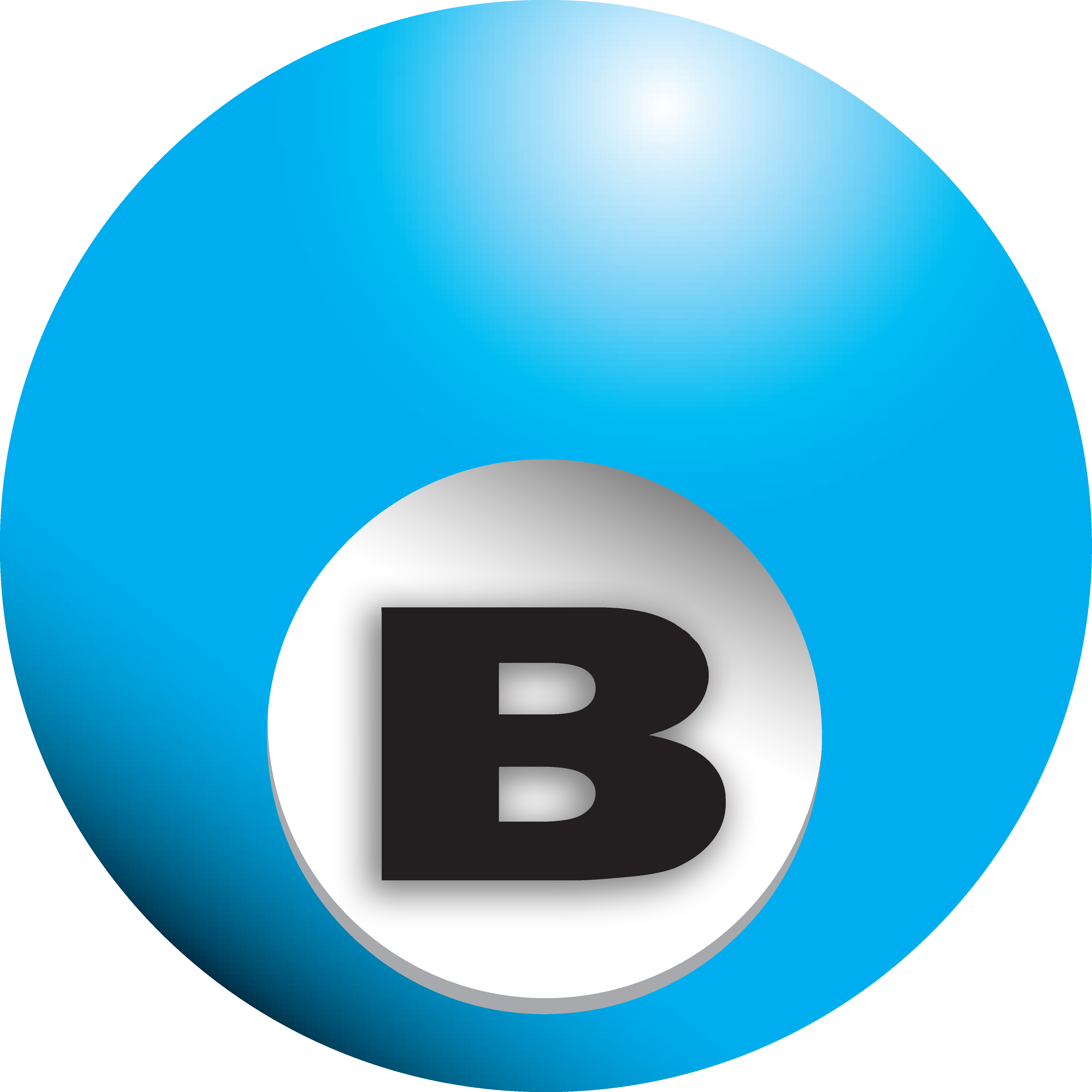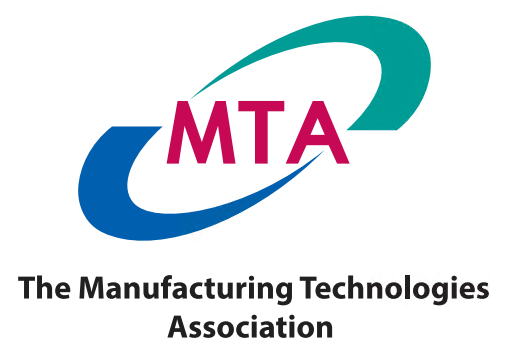Surface Treatments and Coatings for Precision Punches, Dies and Moulds
When using punching or stamping tools, dies or moulds, problems can arise from friction, corrosion, heat and excessive wear. These issues can be mitigated or prevented altogether by the use of specialised surface treatments in order to enhance the tooling. These coatings improve the lifespan, durability and performance of precision tools used in manufacturing processes. They are particularly useful in high stress environments. Choosing the correct coating can make a significant enhancement to the lifespan of the tool, protecting it against wear, heat and stress and ultimately saving money by reducing maintenance and increasing production efficiency.
Here is our handy guide to the different coatings and their common uses.
Common Coatings for Precision Punch & Tooling Enhancement
1. Titanium Nitride (TiN)
This is a versatile coating with excellent properties and is highly valued across many industries for it’s enhancement of tool and component performance and durability. Widely used for general purpose punching, cutting and forming, it has a high degree of hardness and wear resistance. It has a smooth surface finish, which extends tool life by reducing surface friction.
2. Titanium CarboNitride (TiCN)
With a higher hardness than TiN, TiCN offers an improved level of wear resistance which coupled with low friction makes it a very versatile coating. A crucial advantage is the maintenance of sharp edges. It also reduces built up edges, making it ideal when cutting abrasive materials such as copper, cast iron, and high silicon aluminium alloys.
3. Titanium Aluminium Nitride (TiAlN)
This is a versatile coating ideal for many industrial applications thanks to its excellent properties. These include excellent heat and wear resistance and the maintenance of hardness at elevated temperatures, making it ideal for high-speed operations and parts under high stress or temperatures, giving the ability to cut hard materials such as steel, stainless steel and titanium alloys.
4. Chromium Nitride (CrN)
Often used for applications needing good corrosion resistance, and moderate wear resistance, CrN is a tough, medium hardness, coating which reduces adhesive wear. It is used on a wide variety of materials and is particularly useful for machining aluminium and copper, where titanium-based coatings may not perform. Provides a good balance between strength and wear.
5. Aluminium Chromium Nitride (AlCrN)
This coating has excellent thermal stability. Due to it’s high hardness and superior wear resistance, it is ideal for applications involving heavy duty cutting and forming, and under high mechanical loads. This wear resistance allows the cutting of tough materials such as stainless steel, titanium and tool steels. It has exceptional release properties against thermoplastics.
6. Diamond-Like Carbon (DLC)
DLC coatings are versatile and easy to tailor to the specific needs of various industries. This is an extremely hard coating, with a high wear resistance and very low coefficient of friction, suitable for materials such as aluminium, copper and pre-painted steel. It reduces galling and significantly improves tools life, making it a popular choice for enhancing the performance and durability of a wide range of products.
Common Applications for Coatings
1. Cutting, Milling and Forming Tools – TiN, TiCN, TiAlN, CrN, AlCrN, DLC
Coatings are applied to tools in order to improve service life by reducing wear and increasing hardness, and in some cases providing thermal stability. They allow the sharp edges to be maintained for a longer period of time, reducing downtime of the tool and so ultimately reducing costs. Typical uses are reamers, end mills, taps, forming tools, drills and inserts.
2. Die Casting – TiAlN, CrN, AlCrN
An important process in industry, these coatings with a high thermal stability perform exceptionally well to improve wear resistance and increase the lifespan of moulds.
3. Injection Moulding – TiN, TiCN, TiAlN, CrN, AlCrN
These coatings are used in the plastic injection moulding industries in order to reduce wear, prevent corrosion, and improve the performance and lifespans of the moulds. AlCrN is also noted for its excellent release properties against thermoplastics.
4. Punching and Stamping Tools – TiN, TiCN
A useful addition to punching and stamping tools, these coatings help by reducing friction and wear, giving a longer tool life. A reduction in galling, fretting and adhesive wear contribute to a smooth operation.
5. Precision Components – TiCN
Used on precision components to improve service life, reduce friction and provide high wear resistance, coatings also help to provide a smooth operation.
6. High temperature Applications – TiN, TiAlN, CrN
Coatings are used in many high temperature applications, reducing costs and making processes easier and faster, TiN is used in high temperature furnaces, due to its excellent thermal stability, reducing energy consumption and improving efficiency. TiAlN maintains its hardness at high temperatures, making it an excellent choice for dry milling and high-speed machining. CrN coatings are able to withstand temperatures of up to 700°C and so are perfect for use in high temperature environments such as hot forging of brass or die casting.
7. High Speed Machining – TiAlN, AlCrN
These coatings have high thermal stability, maintaining hardness at high temperatures, making excellent choices for dry machining and high-speed machining and drastically improving tool life.
8. General Engineering – TiN, TiAlN. CrN, AlCrN
In general, coatings are recognised to be useful in most areas of engineering that require protection against wear, stress and corrosion, and are also of use in providing thermal stability and reduction in galling and adhesive wear.
| |
Hardness HV |
Coating Thickness |
Friction Coefficient |
Max Working Temperature |
Chemical Resistance |
Colour |
| TiN |
2300 +/- 200 |
2-4 um |
0.6 |
500 |
Good |
Gold |
| TiCN |
3500 +/- 500 |
2-4 um |
0.2 |
400 |
Good |
Blue Grey |
| TiAIN |
2800 +/- 200 |
1-3 um |
0.4 |
800 |
Very Good |
Aubergine |
| CrN |
2000 +/- 200 |
1-15 um |
0.2 |
600 |
Very Good |
Silver Grey |
| AlCrN |
3300 +/- 300 |
2-4 um |
0.35 |
1100 |
|
Light Grey |
| DLC (YDLC) |
2400 +/- 400 |
4-6 um |
0.1 |
300 |
Very Good |
Black |












